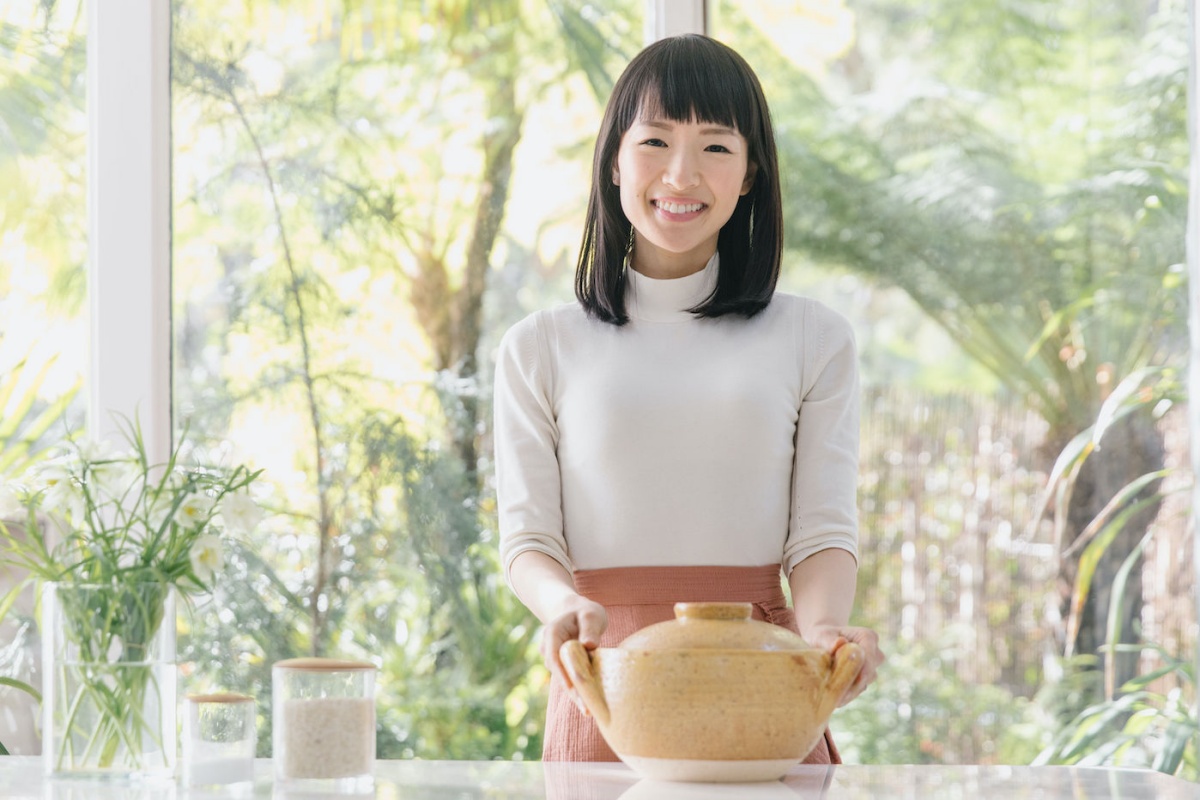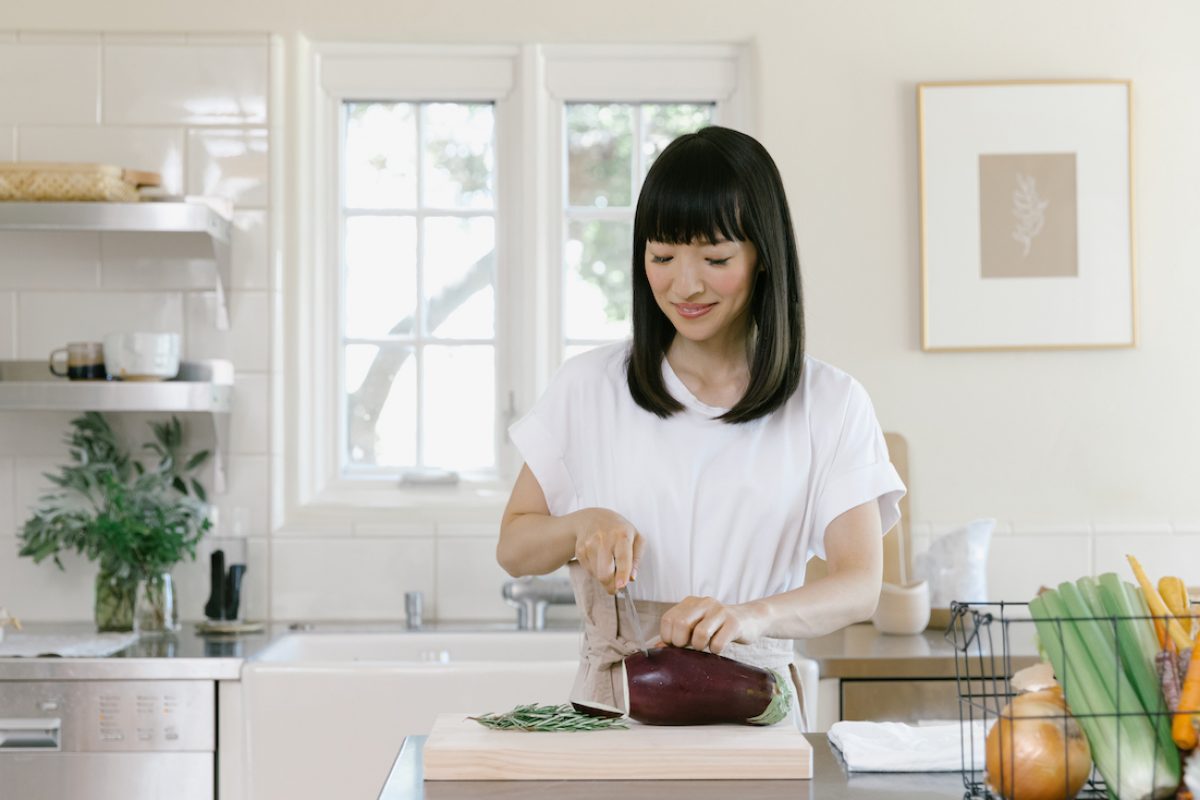Accept a dinner invitation to a Japanese home on a chilly evening, and you will likely find the meal — and dining table — centered around the donabe, a traditional vessel made of clay. Used to create slow-simmered dishes known as nabe, or hot pot, the donabe provides a mindful approach to cooking and an everyday celebration. Guests linger over steaming bowls of broth, meat or vegetables while sharing words of gratitude and joy.
“In Japanese culture, we love doing hot pot, as we value communal dining,” says Naoko Takei-Moore, a donabe expert and one of Marie’s close friends. Originally from Tokyo, Naoko turned her love of hot pot into a profession — as a cookbook author of Donabe: Classic and Modern Japanese Clay Pot Cooking and the owner of TOIRO, a shop in Los Angeles that specializes in Japanese cookware and artisan products. Today, she uses a donabe nearly every day.
We asked Naoko to share her ideal winter hot pot — one that feels festive enough for a special gathering but simple enough to prepare for family after a long day of gift shopping. The resulting recipe, which features springy soba noodles and a delicate mushroom broth, is a celebration in itself.
Soba Noodle with Hot Mushroom Dipping Broth
Kinoko no Tsuke-Soba
Serves 4
About the dish
“We enjoy eating soba all year round in Japan, but the special day for eating it is New Year’s Eve,” says Naoko. “Soba is soothing and easy on digestion, so before the New Year feast, it can provide a perfect light yet satisfying meal. It’s also considered good luck for the coming year as soba symbolizes longevity.”
In this recipe, the soba noodles are cooked, allowed to cool, then served separately from the broth, which is prepared in the donabe. Though it may not yield the same delicate-but-complex flavor, a medium-sized dutch oven can still be used instead of the donabe.
Naoko’s dipping broth calls for both mushrooms and dashi, a traditional Japanese base made from kombu, a seaweed varietal. The resulting dish is rich in umami flavor — and a joy to eat.
“The mushrooms add a nice savory flavor to the broth,” says Naoko, “I also love to use a generous amount of thinly-sliced ginger — for flavor but, more especially, because it helps my body stay warm after having the dish. It’s so soothing.”
Equipment
Medium classic-style donabe or a pot of your choice
Ingredients
- 12 oz (360 g) soba noodles
- 4 cups (1,000 ml) dashi or your choice of stock
- 1/2 cup (120 ml) usukuchi shoyu (light-colored soy sauce)
- 2 tablespoons soy sauce
- 1/2 cup plus 2 tablespoons (150 ml) mirin
- 5 oz (150 g) enoki mushrooms, bottom end trimmed and broken apart by hand
- 5 oz (150 g) shimeji mushrooms, bottom end trimmed and broken apart by hand
- 4 – 6 green onions (both white and green parts), thinly-sliced at an angle
- 1 oz (30 g) or more ginger (about a 4” nob), finely-julienned
- Suggested condiments: ground roasted sesame seeds, grated daikon, shichimi togarashi (Japanese seven-spice powder), etc.
To Prepare
For the soba
- In a medium or large stock pot, bring water to boil.
- Cook the soba noodles according to the package’s cooking instructions.
- Rinse under cold running water and drain well.
- Transfer to a serving plate(s). Set aside, allowing the noodles to cool to room temperature.
For the broth
- Combine all ingredients in a donabe, then bring to a simmer over medium heat.
- Add the mushrooms and cook for a couple of minutes until the mushrooms are soft and beginning to brown.
- Add the green onions and ginger, and stir to combine. Serve immediately.
For serving
Place the donabe in the center of the dining table (on a trivet to protect the table from the heat!). Spoon the broth into individual bowls, giving each guest a side dish of soba noodles.
Dip a small amount of the cold soba noodles into the broth, then eat. Enjoy in your favorite bowl, topped with sesame seeds or your favorite hot sauce. Replenish with more broth, as necessary.






